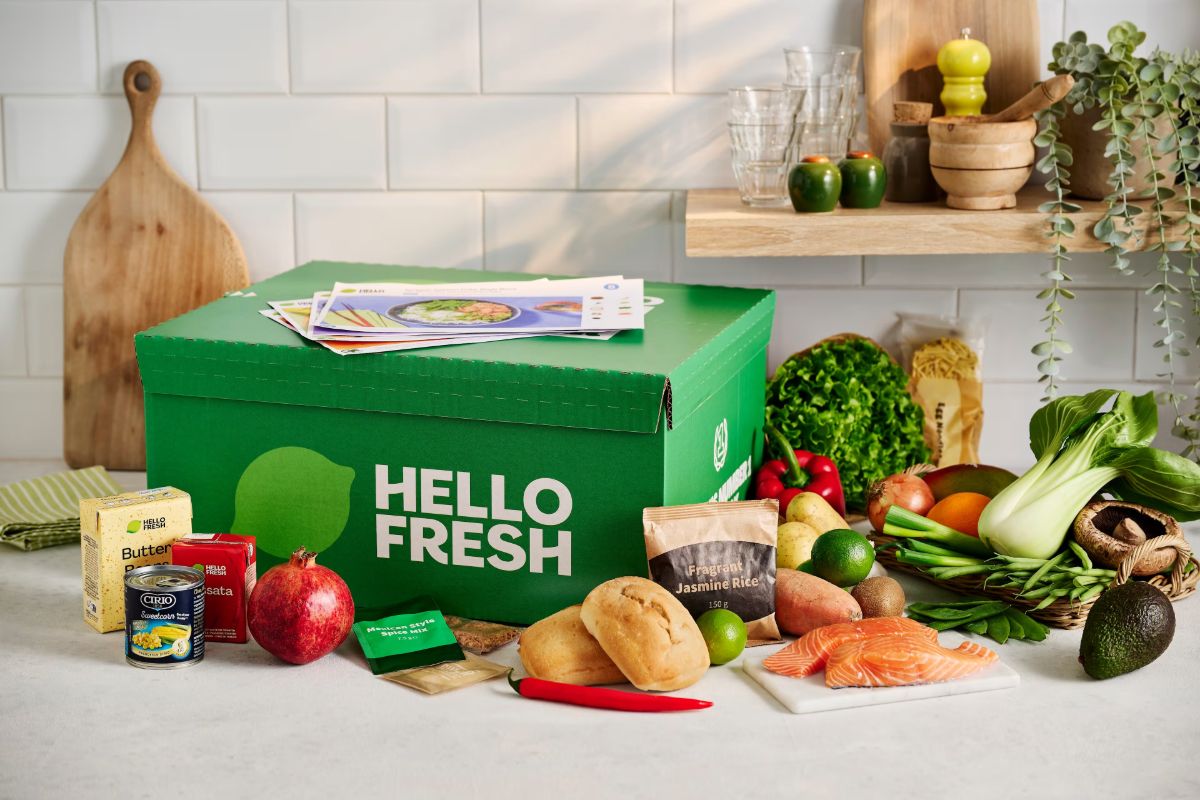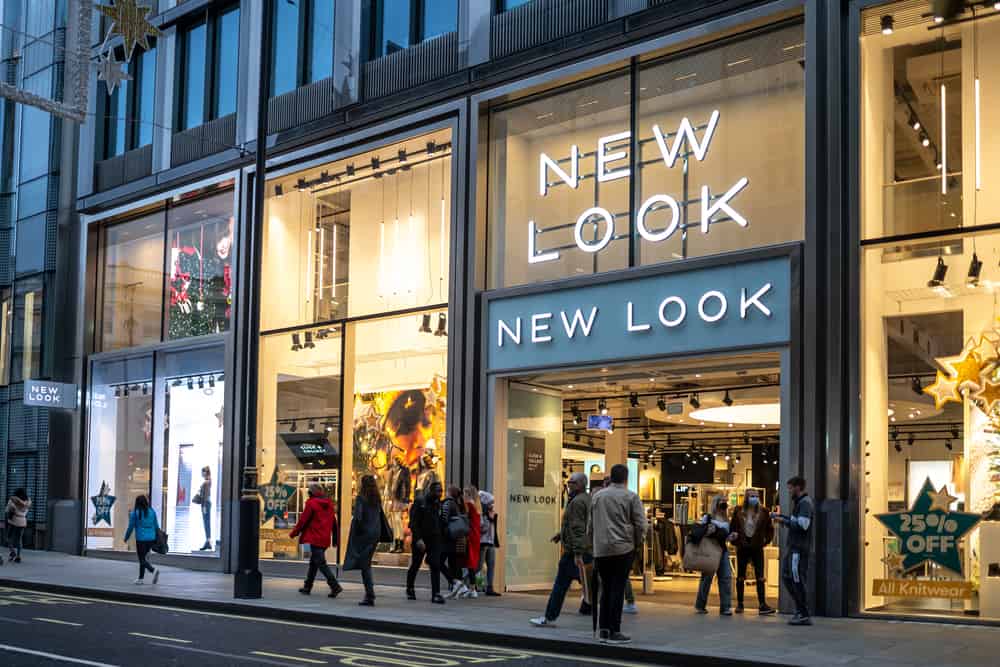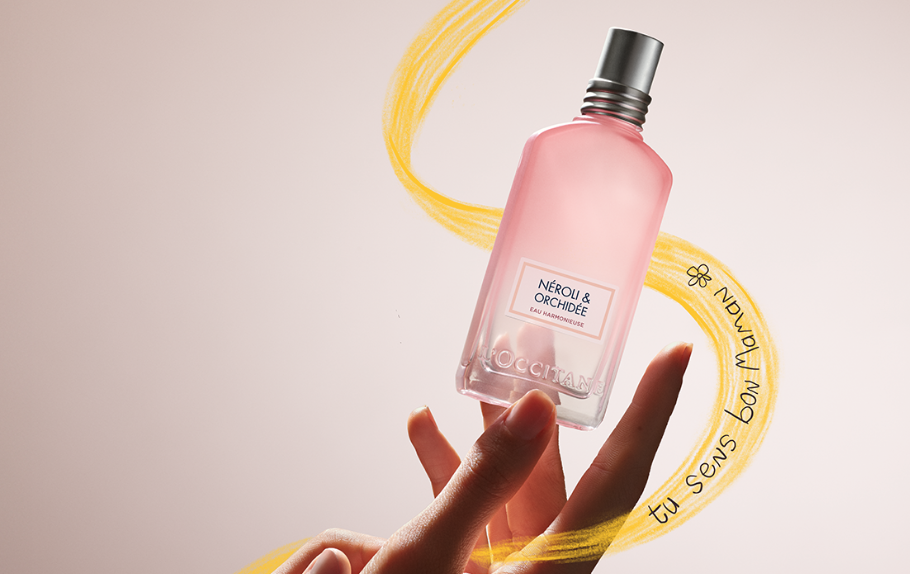With the online fashion sector recording the highest returns rates in the industry, can personalisation lead to a reduction while also increasing conversions? Emma Herrod investigates.
The excitement of receiving a parcel in the post after an online shopping expedition is the same in our house whether it’s new school shorts or a dress for a special occasion. However, the excitement can easily turn to disappointment if the item doesn’t match what was seen on the website, its quality or design doesn’t meet brand expectations, or it simply doesn’t fit.
Retail psychology expert Phillip Adcock, MD at Shopper Behaviour Xplained, explains that people tend to buy something because they love it or think it suits them. So when it arrives and doesn’t fit they go through a cycle of emotions akin to grief, from denial – during which stage they try the item on several times – through to anger directed either at the retailer or themselves for being the ‘wrong’ shape, to acceptance when they take action and return the item or put it in their wardrobe for a time when it will fit.
Remote returns cost the fashion industry an estimated £90.76m in 2011, according to Conlumino, and also require extra journeys for couriers; Fits.me estimated that it takes 132 journeys to successfully sell 82 garments – or 1.61 journeys per sale. So, how are retailers matching products to individual customers, personalising size, fit and style, to 1) reduce returns 2) increase conversions and 3) drive customer engagement?
Beauty brand L’Oreal uses a series of questions about hair colour and skin tone to personalise its US site to recommend beauty products for individual customers. However, when it comes to clothing, more than just a few questions are required. People come in different sizes and shapes and have their own style, so trying to match a garment size to an individual customer is not as simple as the current sizing system in the UK, which varies by retailer, brand and collection.
Retailer Jeanography tries to get around this issue by asking shoppers to answer a few short profile questions and to select their ‘preferred choice’. Its system, combined with its in-house expert stylist, then selects a size and a style/brand variation and the shopper is sent three pairs of jeans to try on at home, for free. Customers are charged for what they keep and use the free returns service for anything they want to send back.
Taking the concept further, Fits.me’s new Fit Advisor uses a shopper’s measurements to generate and display graphical indicators showing how an item will fit. Unlike the Virtual Fitting Room it does not display a photo of the item to show how it will fit. The firm claims that it has cut the number of returns for reasons of fit by up to 77%.
ASOS has recently introduced ASOS Fit, a 2D solution which shows a silhouette of the garment that the shopper is looking at on their screen overlaid by an item they already own – and which fits. It then recommends which size to buy for the best fit.With this system, the shopper has to measure an existing garment and upload the details.
ASOS trialled the solution – from Swedish company Virtusize – for six months before going live with it across a limited range of its own-brand garments in April. Hayley Martin, ASOS Product Manager, says: “We spent a lot of time over the past 12 months finding out what our customers really wanted out of a size and fit solution.” Customer response to the solution has been overwhelmingly positive and ASOS now plans to roll it out across its product range.
Reassuring customers that they are buying the best size for them not only reduces returns but has a big effect on conversions. ASOS Fit is just one of the tools that the retailer has launched recently to improve conversions on its site and reduce returns. These must be working since it recently reported a 34% increase in sales for the of time over the first six months of its financial year. According to CEO Nick Robertson, this was all down to its own efforts. He says: “UK sales are holding up because of things we did.” They also reduced prices across all women’s wear by 9% to boost sales.“It’s the most important thing we’ve done,” says Robertson, explaining how there was then no need to cut prices further “to keep the customers rolling in”.
MOST ENGAGING EXPERIENCE
When you understand that a 100bps conversion increase in sales is worth around £44m to ASOS while a 1% reduction in returns adds up to around £10m, it’s easy to see the effect of recent changes to the site and service, and why highly efficient retailing is one of the three key strategies for the company.Conversion percentage based on total unique visits peaked at more than 9% in December with returns hitting close to 38% in January. (The industry runs at an average of 25% over the year and most of these returns are because items were the wrong size.)
As with all online sectors, simple improvements to the site can result in more visitors converting; for example, by changing the position of the ‘buy the look’ button, conversions on the page increased by 20%.The ability to browse ‘recently viewed’ items also has an effect, says Robertson.
While a higher level of returns generally follows a higher sales period, returns are not necessarily a bad thing in the fashion sector, especially if it’s a new customer returning a large number of items from their first order. They can become a retailer’s best customer, since it shows that they are happy with shopping online, explains Geoff van Sonsbeeck, co-founder of Baukjen and Isabella Oliver . He says he would prefer a customer to order a garment in two colours or sizes and then return the unwanted items, since a return costs the business less than sending a replacement.What he doesn’t want is returns for reasons such as quality, because it means that an item isn’t presented correctly on the site.
Fashion is all about confidence. It’s the single most important thing in converting a customer, believes Sarah McVittie, founder of Dressipi .That confidence is what Dressipi aims to give customers with its system that matches garments with shopper’s individual size, shape and style.
“We take an anonymous shopper and turn them into their idea of stylish,” says McVittie explaining how it’s all down to data – 288 different body shapes to be precise – and the expertise of its stylists.Around 60 metadata tags such as colour, texture, sleeve length and neck type are assigned to each garment and this is combined with a customer’s individual body shape and style, called a Fashion Fingerprint, to provide recommendations. Marks & Spencer has recently introduced Dressipi on its site.
Shoppers using Dressipi across the different retailers to date have had an average basket value across all brands of £109 and an average return rate of 10%. Outfit Builder recommendation purchases run at 50%. Dressipi is working on a mobile app that will remember items already bought when a shopper scans a barcode in store, and indicate whether it is part of their style and their Fashion Fingerprint.
Curating the Experience
Fit is not the same for all sectors but all must match customer with product to make a sale whether it’s through the exact product they are looking at, an inspired purchase or a curated experience left to the expertise of other people. Philip Rooke, CEO of Spreadshirt explains further here.
PERSONAL SERVICE
Moving on from the mathematical approach is the online equivalent of a personal stylist, and technology connecting a real stylist with the customer and their wardrobe.ASOS is running a Personal Stylist trial and Baukjen went live with its version – eStylist – in February following a soft launch in December 2012. Shoppers can book an appointment with one of Baukjen’s stylists who will help them to update their wardrobe or advise them on how to restyle items in the current collection. Its eStylist service also offers advice via email. According to van Sonsbeeck, the hardest part has been recruiting the right people. He also says that customers have had to be educated about the service since“it’s so new that people don’t realise there’s a need”.
Rachel, one of the team of four stylists explains that once a shopper has made an appointment they are asked via email for information about the type of outfit they want, the occasion, their measurements and their body shape. From this, she can suggest various suitable garments and a number of ways of styling each one during the appointment, which happens via live video chat using Vee24.
Because the chat session is live she can answer questions, show detailing on garments or put on the items to show how they look, as well as taking over the customer’s browser to show relevant product pages or put through an order. The service is more about engagement and building a rapport with the customer than selling, explains Rachel. She follows up all appointments with an email outlining the products that were discussed. “Most orders are placed within 24 hours,” she says.
The service is proving successful with average order values up by 24% and returns down by 17%. (Baukjen runs at an average 29% returns rate.) “eStylist is a way of ensuring we don’t disappoint customers,” explains van Sonsbeeck. “It’s definitely the future and complementary to the other things we do. It’s part of the mix.” ASOS’s Robertson certainly believes that live style advice is the future for ecommerce – and where ASOS goes, others are sure to follow.




